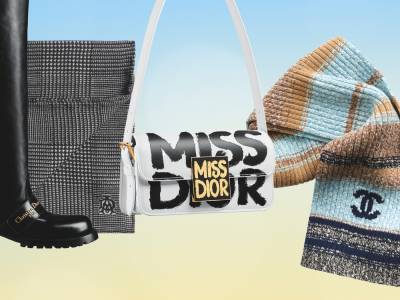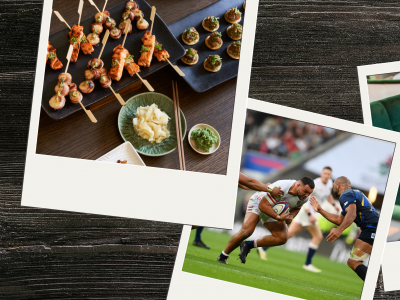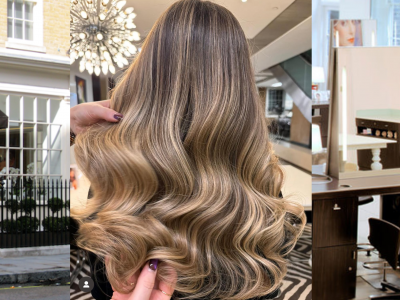With so many creatives moving around over the last 12 months or so you’d be forgiven for missing the appointment of Mary Katrantzou by Bulgari earlier this year. The Greek-born, London-based designer is Bulgari’s first ever creative director of leather goods and accessories. Celebrated for her ornate, colourful, highly patterned designs, in her new role she’s creating products ranging from accessories such as leather hand bags to unique pieces and fine jewellery.
The Must-Have Luxury Accessories for Autumn/Winter 2024
17th October 2024
Wrap up with these must-have luxury accessories for Autumn/Winter 2024, and join Simon Brooke as he divulges how designer brands are powering up sales and appealing to a new generation with cleverly curated bags and boots.

Chief among these is Bulgari’s signature Serpenti theme, reflected in bags and other items. According to Ms Katrantzou, “The inspiration behind this collection was to interpret Serpenti through my eyes. A snake sheds its skin to allow for further growth. I wanted to highlight the importance of its symbolism, which dates back to ancient Roman and Greek mythology. I was drawn to the idea of metamorphosis, adapting to continuing evolving and growing. Serpenti is a symbol of transformation.”
Bulgari isn’t alone with this new focus on accessories alongside its apparel collections. Over the last few years, an increasing number of luxury brands have diversified their product ranges in a bid to target a broader spectrum of consumers and to make more of the power of their brand.
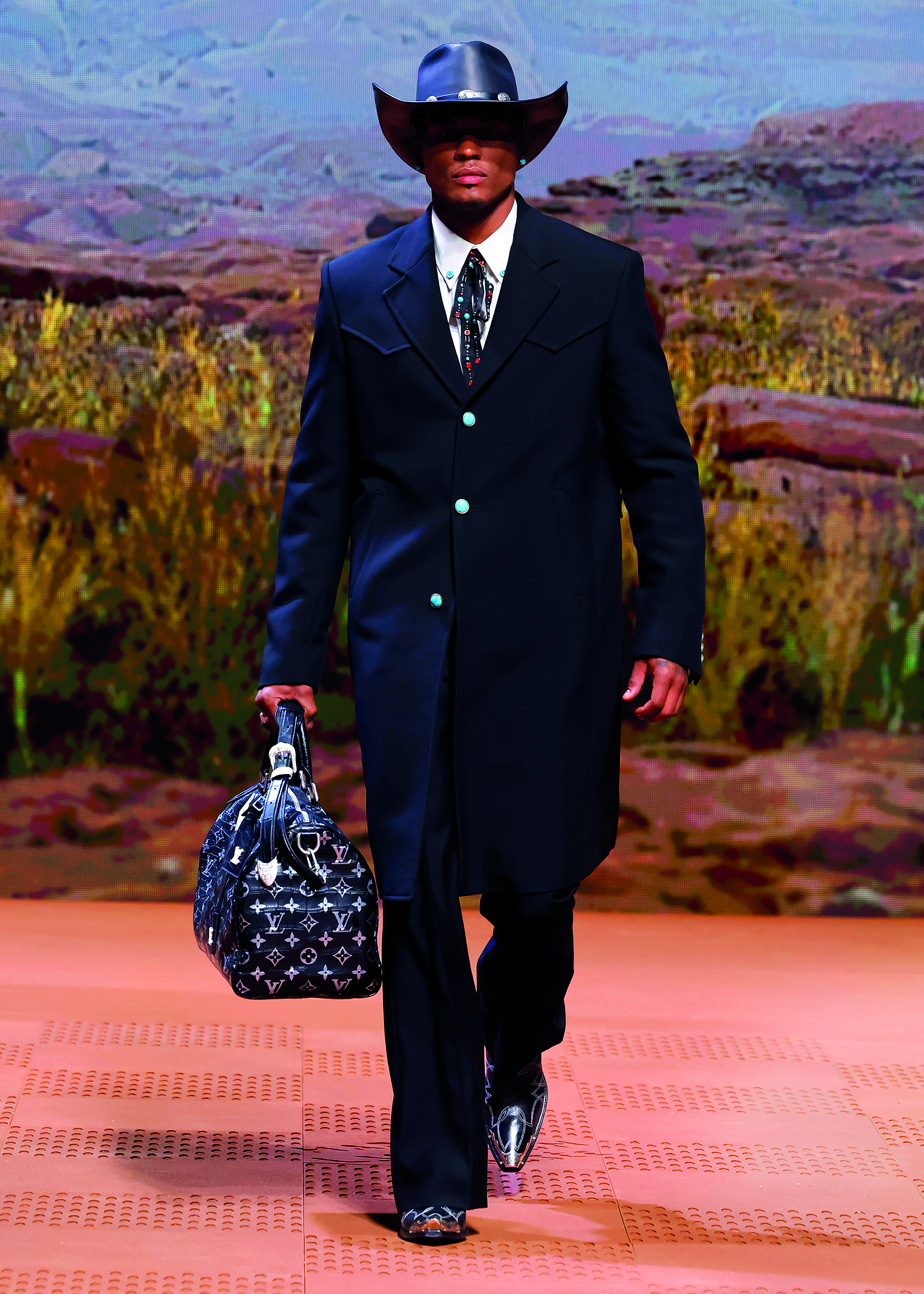
Fendi and Dolce & Gabbana have ventured into home décor and this Autumn/Winter, the smartest skiers will be sporting new lines from Chanel, Armani and Prada, all of whom have recently launched their own skiwear collections.
Chanel’s skiwear is technical, but fashion orientated and unmistakably Chanel. Lily-Rose Depp, the French American actress, daughter of Johnny Depp and Vanessa Paradis, is the face of Coco Neige, a smart choice of ambassador that blends a youthful sense of fun with the brand’s chic French heritage. The celebrated logo with its interlocking Cs is playfully displayed on earmuffs and woolly hats which are matched with furry boots which seem to say, “Skiing’s fun but I’m really here for the après ski.”
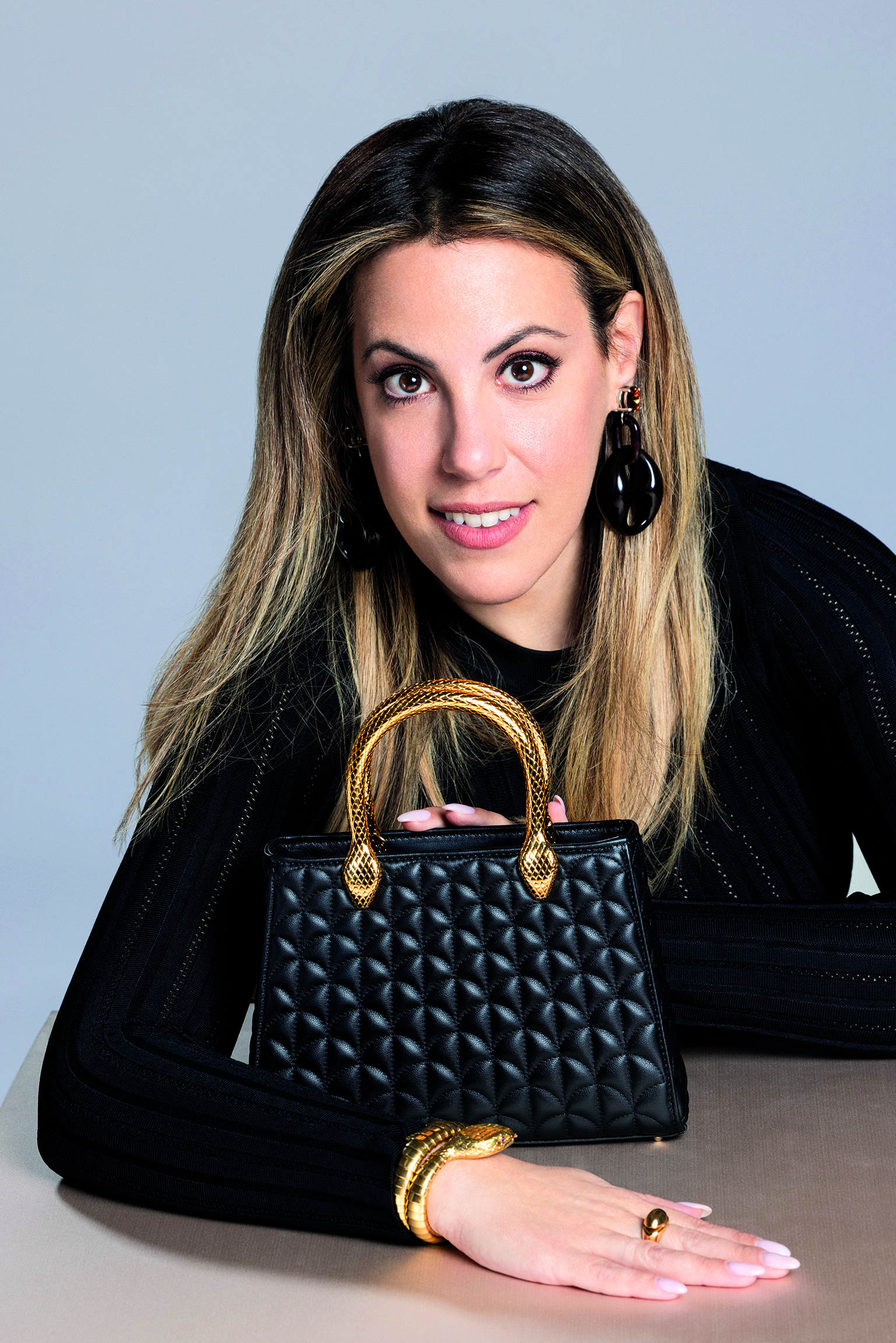
Luxury carmaker Ferrari has diversified into high fashion with a range of dresses, skirts and scarves in silks, celebrating the brand’s signature red and yellow palettes. It has also launched collections of sunglasses and handbags.
Accessories are still the largest personal luxury goods category, growing by a respectable 2% to 4% in 2023, according to consultancy Bain & Co. But the increasing emphasis on this category among the world’s best known luxury brands is pushing the creative envelope and raising its status in comparison with apparel.
Bags might have been part of most luxury houses’ accessories portfolios for decades but now the introduction of the celebrity-as-designer is providing new inspiration. Consider Pharrell Williams and the Louis Vuitton Speedy bag. According to the brand the Speedy, which was originally created way back in 1930 in a coated canvas cotton, was one of the first luxury bags bought by the musician, turned designer as a young man. Last year he reimagined this classic to include a number of sophisticated, high end details.

The new version is crafted in super soft grained calfskin and lined with lambskin leather. It includes an exclusive plaque inside that features the bag’s season, size and a quote from Pharrell Williams. The monogram is printed with Sergé effect, using a high-end silk screen printing technique and the left leather echappe also features a dove stamped on the back, a symbol of peace and hope, according to Louis Vuitton.
Christian Dior is also taking a more daring approach to its accessories. Its Miss Dior bags shout the brand name in rough, textured writing or heavy gold attachments and studs, suggesting that for Dior, anyway, the logo is back – with a bang. Similarly, shoes a very much statement pieces with gold studs and heels supported by gold spheres with the Dior name prominently displayed.
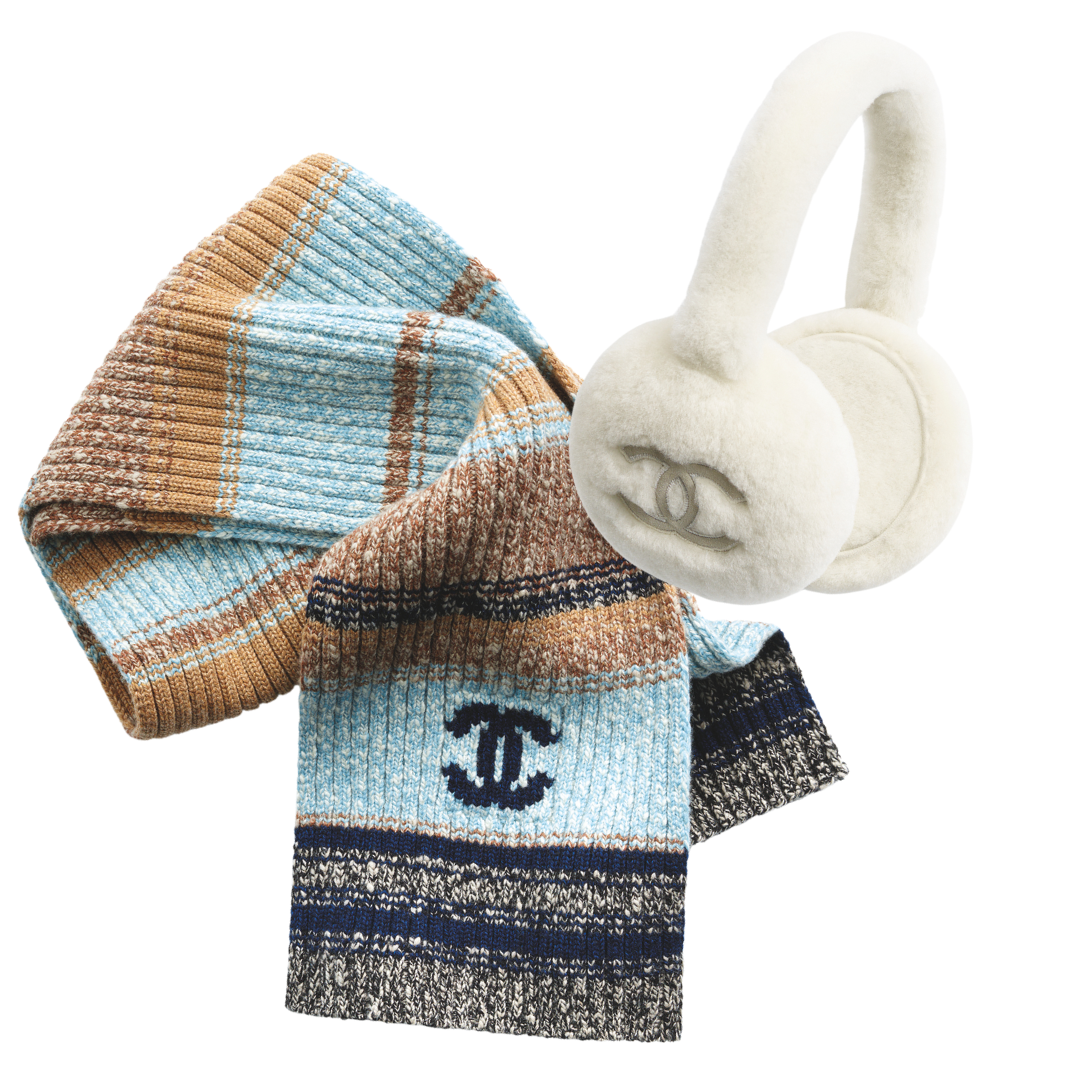
These Chanel, Dior and Louis Vuitton accessories ranges enable less affluent consumers to buy into the high end luxury sector and experience the brand without the need to pay tens of thousands of pounds for apparel and haute couture.
Dior’s collection illustrates how canny luxury houses are increasingly using their accessories to promote their brands generally in a way that exudes wit and confidence. It’s a dual strategy – you’ll see the logo on stylish young people in bars, high streets and airport lounges while an older, more affluent clientele buys the clothes in Sloane Street, Avenue Montaigne and Fifth Avenue and wears the labels more discreetly.
The growing accessories range at Dunhill shows how brands can inject these collections with quirkiness and a sense of fun more easily than is possible with their main apparel lines. This season’s Dunhill accessories, for instance, include a pocket square in Prince of Wales check, subverting the traditional image of the block colour handkerchief contrasting with a patterned suit fabric.
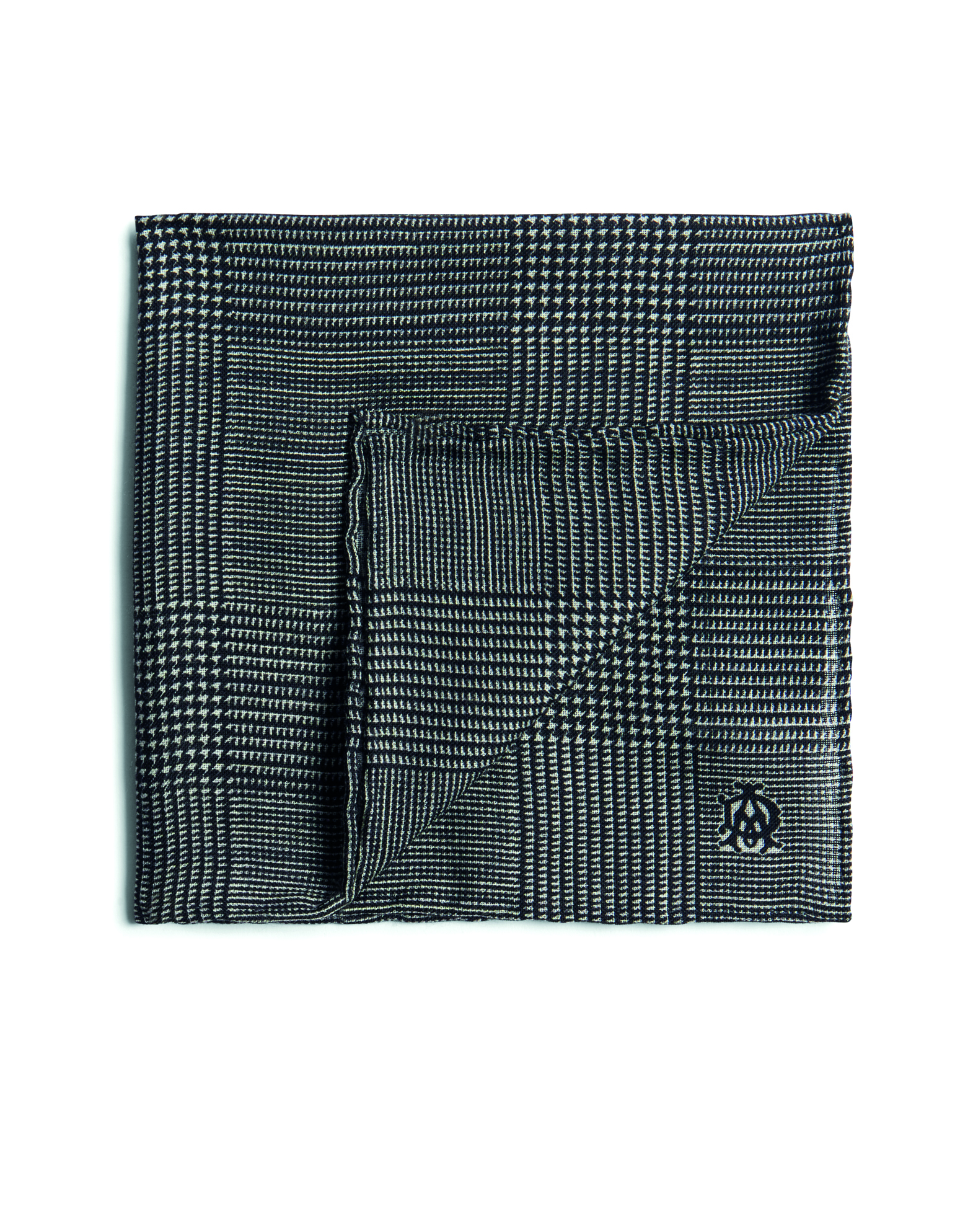
Luxurious velvet slippers feature images of dogs or vintage cars – playing into the brand’s heritage of hearty British masculinity. These accessories contrast with the brand’s Autumn/Winter clothing which features peaked lapel, double breasted jackets with a decidedly Italian swagger. It’s an interesting example of how luxury houses can use accessories and apparel ranges that contrast with but complement each other to demonstrate the full range of the creative director’s style and creativity.
The accessories lines at luxury leather goods company Ettinger have grown rapidly over recent years, but the company has also seen a demand from customers for more sustainability in the accessories space, according to chief executive Robert Ettinger.
“They want a product that’s sustainable and that can be repaired, if needed,” he says. “We have just set up a repair unit in our factory and they’re getting products back that are maybe 15-20 years old that just need restitching. It’s quite simple to do and gives that product another lease of life.” Many of Ettinger’s leather goods are now designed to be handed down through the generations, he explains.
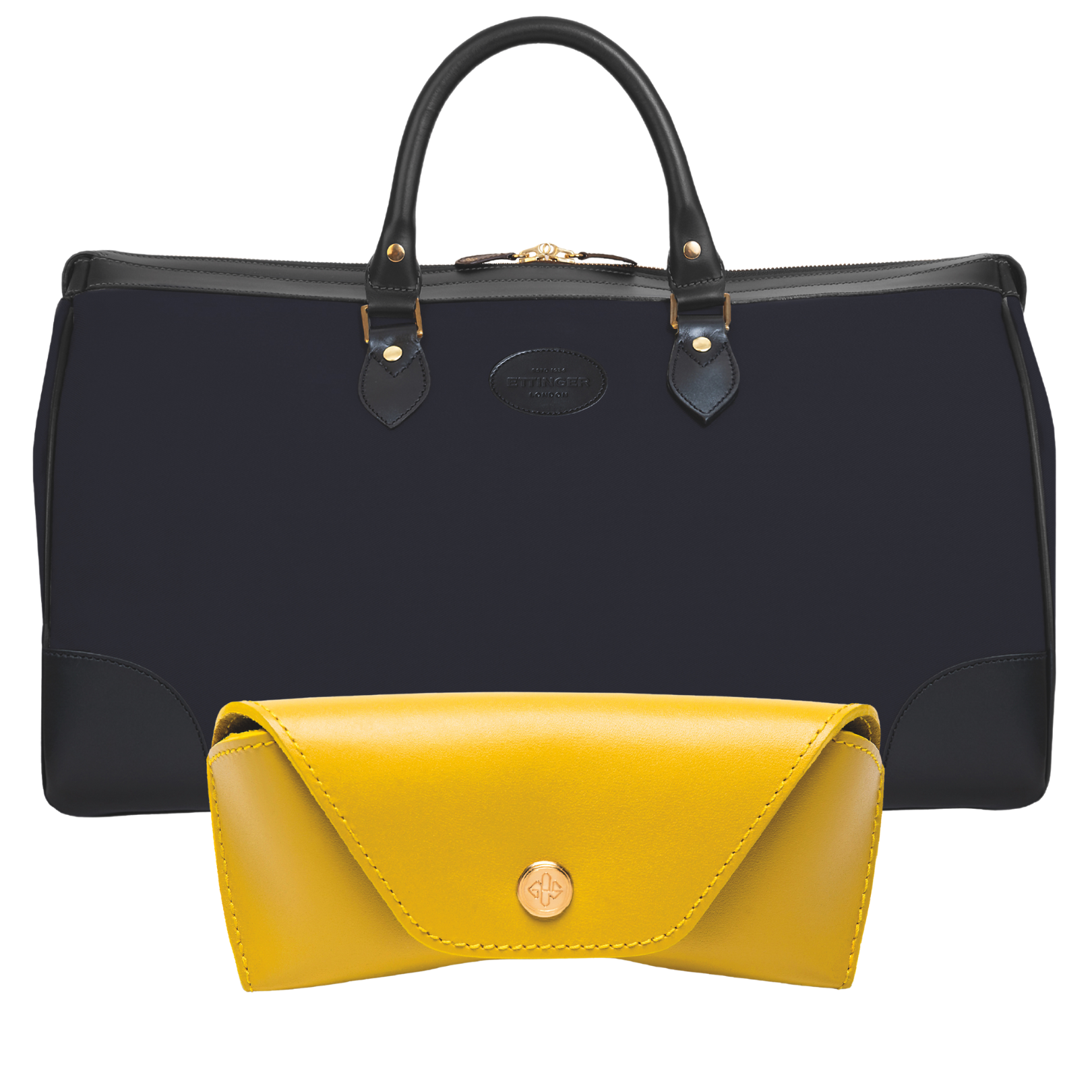
Personal accessories aside, Laura Hammett, founder of luxury homeware brand Laura Hammett Living, is finding something similar. “With sustainability being so important, customers are looking to invest in more timeless and less trend-driven pieces which are well-crafted and made to last,” she says. “I see more emphasis on investing in high quality staples that are timeless, allowing clients to build their own collection of personal items and artefacts around them.”
Luca Solca, sector head of Global Luxury Goods at Bernstein Research, is optimistic about the future prospect of the sector. “I expect the accessories market to continue to be one of the leading drivers of luxury market growth,” he says. “Leather goods and jewellery are likely going to stay very relevant to consumers.”
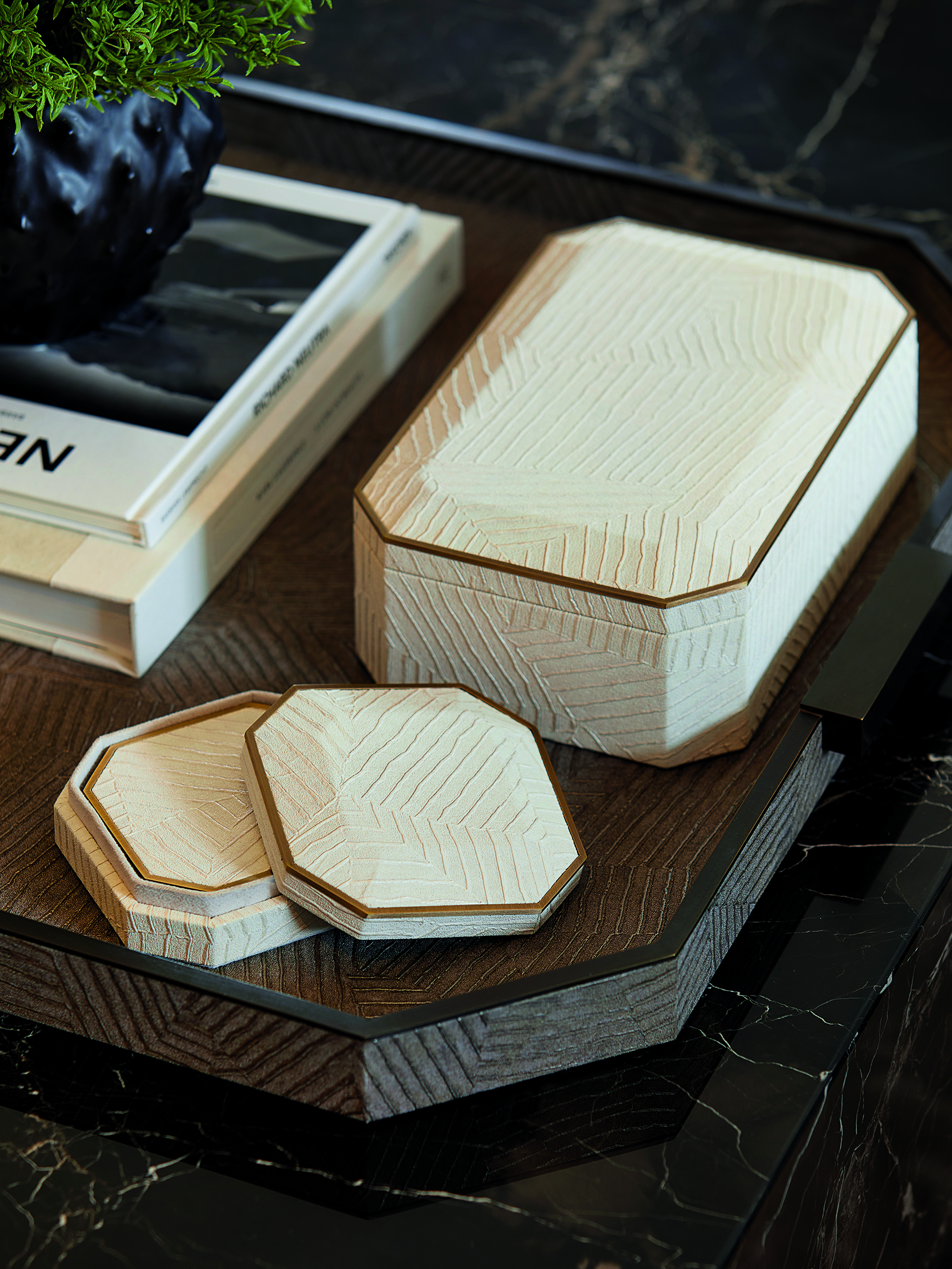
As it faces a significant downturn and continuing headwinds, the luxury sector is clearly excited about the opportunities for brand extensions. However, brands should remember their experience of the 1990s. Back then you could buy everything from keyrings to boxes of tissues with a well known luxury logo on them as licensing exploded.
It might have boosted luxury houses’ sales in the short term, but it did long term damage to their brand image. This was something that Tom Ford understood when he began to reduce licensing by Gucci and then the other brands that he worked on, even buying some licences back. Other companies soon followed suit.
Today, the challenge around accessories for luxury brands will be to showcase their creativity, break into new markets and recruit new customers while at the same time maintaining their all-important brand integrity.
